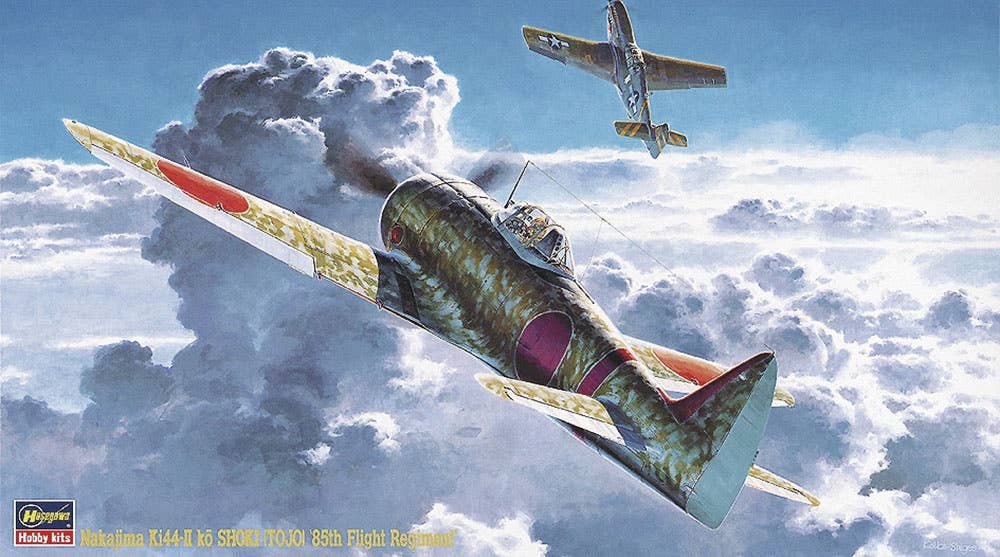
Hasegawa 1/48 Nakajima Ki44-II ko Shoki (Tojo) '85th Flight Regime'
Guaranteed Safe & Secure Payment
shipping & returns
- We ship throughout Canada and US.
- Free shipping on orders over $300.
- Carriers in Canada include Canada Post, UPS, FedEx, SKIP; Carriers in USA include PYK(USPS),UPS, FedEx.
- Carrier shipping rates for orders are calculated based on the package's size, weight, and destination. SKIP and PYK(USPS) usally provide very low shipping rates.
- Orders are typically processed within 1–3 days. On average, shipping takes around 3 days in Canada and 5 days in the United States, though this may vary based on the carrier and shipping method.
- For more details, please view our Return, Shipping, and Pre-Order policies.
Choose options

Description
Discover the intricacies of World War II aviation with Hasegawa's meticulously crafted 1/48 scale plastic model kit of the Nakajima Ki-44-II Kou Shoki, proudly served by the 85th Flight Regiment. This model represents the Nakajima Ki-44 Shoki, a single-engine fighter aircraft that played a pivotal role in the Imperial Japanese Army Air Force. First taking to the skies in August 1940 and entering service by 1942, the aircraft was known to the Allies as "Tojo". Despite being less maneuverable than its predecessor, the Ki-43, and facing criticism for its poor ground visibility, high landing speed, and limited maneuverability, the Ki-44 was deemed superior in combat. Its capabilities as an interceptor, matching Allied aircraft in climbs and dives, provided pilots with enhanced combat flexibility and confidence.
- [Mold Color]: Gray, clear
- [Includes]: Plastic kit, decals
Discover the intricacies of World War II aviation with Hasegawa's meticulously crafted 1/48 scale plastic model kit of the Nakajima Ki-44-II Kou Shoki, proudly served by the 85th Flight Regiment. This model represents the Nakajima Ki-44 Shoki, a single-engine fighter aircraft that played a pivotal role in the Imperial Japanese Army Air Force. First taking to the skies in August 1940 and entering service by 1942, the aircraft was known to the Allies as "Tojo". Despite being less maneuverable than its predecessor, the Ki-43, and facing criticism for its poor ground visibility, high landing speed, and limited maneuverability, the Ki-44 was deemed superior in combat. Its capabilities as an interceptor, matching Allied aircraft in climbs and dives, provided pilots with enhanced combat flexibility and confidence.
- [Mold Color]: Gray, clear
- [Includes]: Plastic kit, decals
